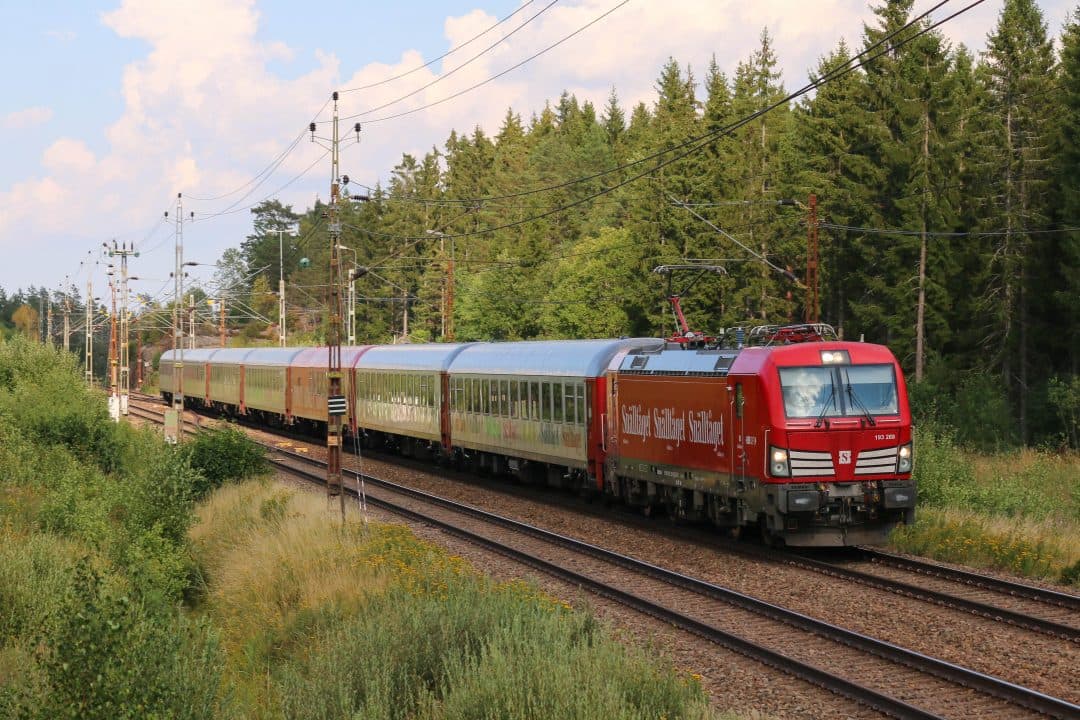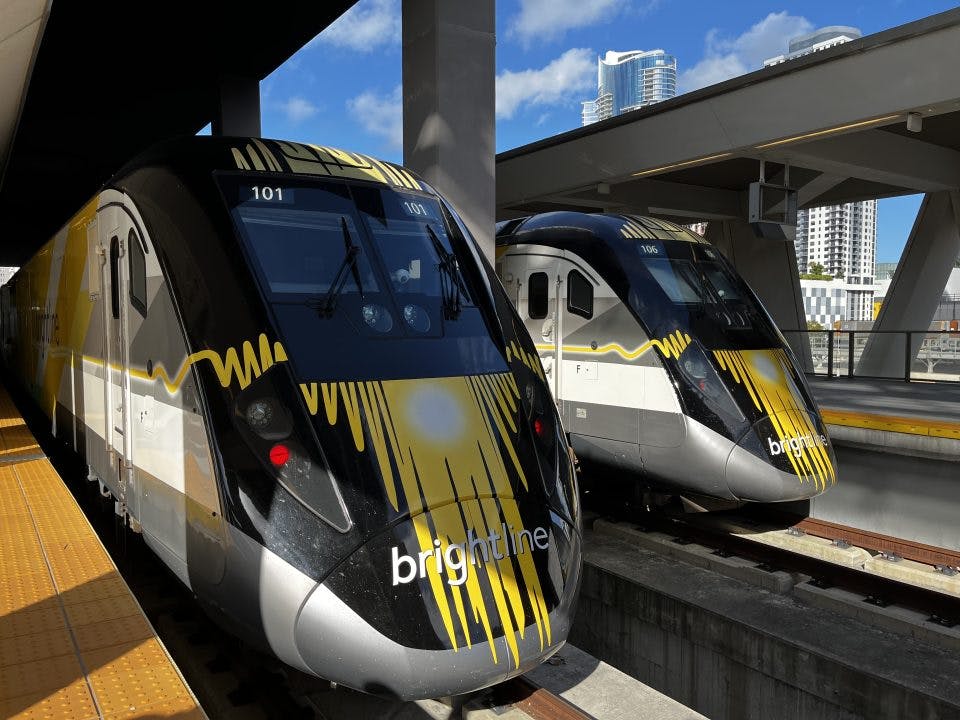The Power of Dynamic Pricing with S3 Passenger - an introduction

How do you make sure that your passengers get the right seat, at the right price, at the right time? This is at the core of dynamic pricing and we will give you a brief introduction on how S3 Passenger can help.
Transport operators know the behavioural patterns and preferences of their passengers best. For most passengers, price is one of the primary decision factors. This is why the ability to dynamically generate and calculate prices to make sure you price a ticket just right is extremely powerful. It makes it possible for transport operators to attract passengers, increase occupancy, and maximise their revenue.
Here we will take you through the capabilities of S3 Passenger when it comes to generating a tailor-made dynamic price for each and every passenger, at scale.
Where supply meets demand
Finding the right balance between supply and demand to create an optimal market is difficult for any offered good or service. That is traditionally even more complicated in the rail and bus industry.
The presence of a high number of - essentially independent - origin and destination combinations along the route of a train or bus make calculating supply and demand complicated. Which makes it even more difficult to find the right balance.
Take the example below with a route with 10 stops.
 On this route, passengers can take (10 x 9)/2 = 45 unique travel patterns in just a single direction. And if the demand for travelling from A > F is high, the price for a ticket may increase. But ideally, this does not have any direct implication on the price of F > Z.
On this route, passengers can take (10 x 9)/2 = 45 unique travel patterns in just a single direction. And if the demand for travelling from A > F is high, the price for a ticket may increase. But ideally, this does not have any direct implication on the price of F > Z.
With S3 Passenger, operators can manage such industry complexities by working with independent Origins and Destinations (O&D). Moreover, an operator can steer their offer on two levels: physical availability and logical availability.
Logical Availability
As each and every O&D can be independently priced, the operator must define the amount of seats to sell at a given price level. These price levels are managed in so-called ‘buckets’.
An illustration explaining how a simple offer for a first-class seat may look is depicted below.

Physical Availability
The physical constraints of the train, or classes on the train, will always play a ‘limiting’ factor on what is to be offered, because regardless of the logical levels, there is only a fixed amount of places that can be sold. Even in the case of overbooking scenarios. Passengers still have to be allocated a seat, or refunded when they are unable to travel.
Combining Physical & Logical Availability
The power of managing price points by logical availability, capped by the physical capacity, allows the operator a set the playing field to drive customer decision factors: the ability to open and close buckets based on business rules, historical trends or advance forecasts, to set the right price for the seat at any given time in the booking horizon.
Adding the layer of dynamic pricing
However, supply and demand are not the only determining factors to define the right price. The type of passenger, the time of day, the period for travel, weekdays or weekends, advanced purchase requirements, and loyalty and corporate agreements, to name a few additional factors that can play a role in defining a price that is right for the operator and for the passengers. Finding this right price for your target audience can be seen as customer & passenger segmentation, and strong segmentation is an objective that all operators are after.
Traditionally, the best way to chase customer or passenger segmentation has been to create a large amount of pre-defined prices. For example, is a ticket from A to B €10 at its lowest price level when travelling on a Monday? Then the price of a student becomes €7,50 with a student discount. A passenger that travels with a loyalty programme is entitled to a 5, 10 or 15% discount based on its status, and weekends are priced differently altogether.
Repeat this across all markets, with all factors that can play a role in determining a price, across all the different origins and destinations, and you are left with a gigantic table of information in terms of pricing. This is hard to maintain and change, and not easy to launch sales campaigns with.
An example
Let’s give you an example. For an operator that services 50 stations, runs 3 classes of service, and runs 365 days a year at a 1000 departures a day - you would already have more than dozens of millions of price points
With so many options, in order to provide an offer that is dynamic and adapts to changing markets, it becomes overwhelming and nearly impossible to manage effectively and efficiently. A modern transport operator cannot truly be competitive and define all the possible outcomes of every situation.
Instead, we believe operators should price their offer based on a set of calculation rules. S3 Passenger is then responsible for handling these price calculation requests in an extremely fast way. Capable of calculating one of the million of possible price outcomes in less than a millisecond.

Sqills believes that prices should be the result of dynamic calculations based on determinants, and should not be statically defined. With S3 Passenger’s reservation & pricing capabilities, it is possible for you as an operator to optimise your business effectively and efficiently. That way, your passengers get the right seat, at the right price, at the right time.
This brief introduction should tell you how we approach dynamic pricing and what it can mean for your operations. If you want to know more about dynamic pricing or how Sqills can help make a difference, contact us at sales@sqills.com.


